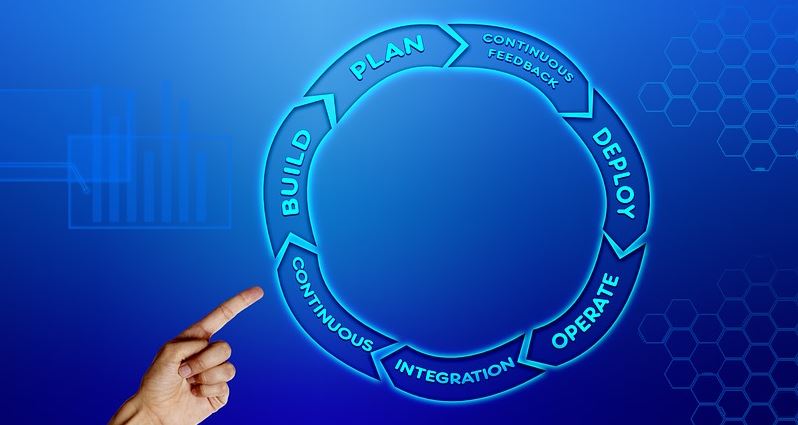
Digital transformation projects have been at the forefront of many IT teams’ minds – as businesses look to take advantage of technologies such as cloud, machine learning and the internet of things.
However, a recent study from Appian revealed that 91% of businesses are now feeling pressured to fix problems quickly rather than properly, because their attention is on updating business operations. With the speed of updates and changes being measured in days instead of months or years, IT operations can’t keep up and digitalisation is inevitably going to hit a brick wall.
The answer to many of these challenges lies in a different sort of digital transformation. In popular culture, artificial intelligence (AI) is often presented as a threatening technology – such as a Terminator – set to destroy mankind.
AIOps & Automation
For enterprises in 2018, however, this couldn’t be further from the truth; AI presents a great opportunity to improve productivity and security. In fact, artificial intelligence for IT Operations (AIOps) is less about menacing robots and more about multi-layered technology platforms automating and enhancing IT operations – using analytics and machine learning to analyse big data collected from operational tools.

The biggest strength of AIOps is its ability to automatically detect, diagnose, and even remediate IT issues in real time. This means issues are resolved quickly and accurately – and with far less effort – even if an IT team is busy. As it evolves, AIOps will intelligently automate a wide set of IT processes, delivering benefits across the entire operational lifecycle. Another benefit is that it streamlines and strengthens IT operations, in the same way that continuous integration and deployment powers DevOps.
AIOps can even proactively, and often pre-emptively, detect incidents and correlate events across complex ecosystems. For example, businesses have been rushing to ensure their cloud operations are compliant with the incoming General Data Protection Regulation (GDPR). While IT teams are busy cataloguing and protecting a business’ data, any new data that is created or stored must be compliant, too. By leveraging AIOps, IT teams can focus on other aspects of compliance, while it uses real time security compliance detection to monitor for any issues. This can range from informing a user of a vulnerability, to taking actions such as shutting down machines if not compliant – keeping a business running smoothly, and securely, autonomously.
Digital Transformation Today, and Tomorrow
Of course, there’s more to AIOps than just assisting ongoing digital transformation projects. In today’s business world, it’s not enough to just keep up with innovation – it’s crucial that organisations pre-empt future developments too. While this would typically rely on staff pouring over a huge volume of data, AIOps can be used to correlate data across millions of customer journeys, identifying behavioural patterns or trends. This gives businesses an understanding of the areas that customers struggle with, or desire to change – in turn informing future innovations.
This is where AIOps comes into its own. By giving businesses the full picture of the problems that need to be solved rapidly, they can be certain to innovate in the way customers want them to. AIOps promises to herald in a new generation of customer-led innovations, which will have the most positive impact on business.
None of this is to say that it’s simple for organisations to move from a traditional IT operations (ITOps) methodology to an AI enabled one. Gaining an understanding of the types of useful data a business collects, where it is stored, and how to best integrate the platform are all challenges to overcome.
To make the most of AIOps it’s crucial that it works in tandem with a team, either internally or through a third-party provider, that is able to understand what’s happening across different services and can quickly gather and analyse feedback from an ever-growing number of platforms. All of this data helps inform an AIOps strategy, which develops insights and predictions. The dependency on a team makes it clear that AI won’t be replacing IT teams, even as processes become automated.
With Gartner revealing that only 5% of large enterprises are combining big data and machine learning – but estimating two fifths will be by 2020 – it’s clear that adoption is going to skyrocket. This highlights the importance to start preparing for this change today. To do this, businesses must: understand the useful data they hold; which processes can be automated, and ensure that they have access to the expertise needed to implement AIOps.






